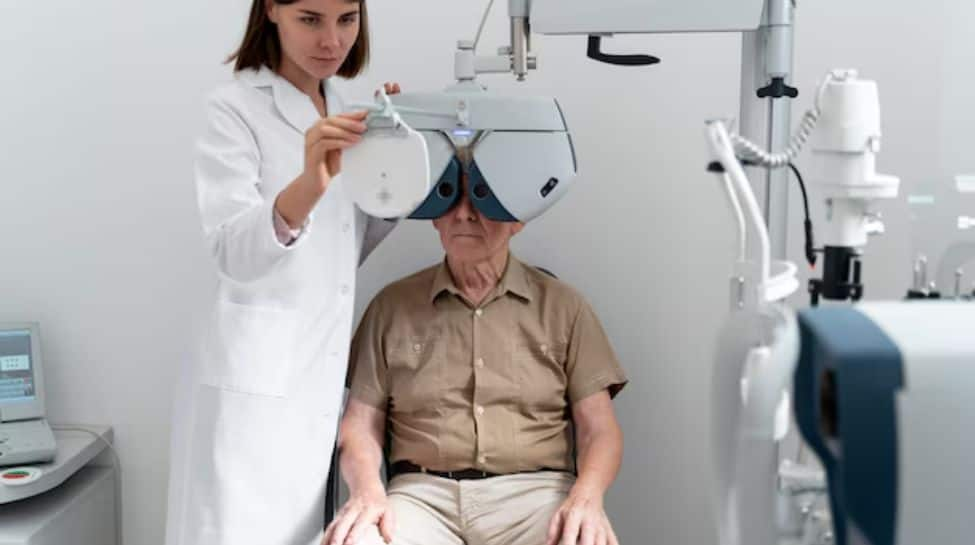The source apportionment (SA) is a process of discovering the anthropogenic sources of particulate matter (PM) levels, natural sources (eg. dust etc) and their relative contributions. It is a vital tool that helps policymakers understand the major pollutants and take appropriate action to curb pollution levels.
The low-cost DHSA system, fitted in a mobile van, is currently deployed in Lucknow for real-time source apportionment. The long-term goal is to scale up the deployment of DHSA system across many cities in India to inform about emission and sources of air pollution on a dynamic scale.
“DHSA uses data from portable air quality sensors such as gas sensors, meteorological sensors and PM sensors and employs machine-learning techniques to convert portable air quality sensor data into SA information,” said Sachchida N Tripathi, professor, IIT Kanpur, who led the team that developed the system.
Noting that it’s a first of its kind indigenously developed system, Tripathi said the mobile DHSA would allow hyper-local SA data to be obtained from several locations in a city instead of Real Time Source Apportionment (RTSA) data from a single location.
“The widespread availability of DHSA data from multiple locations in a city would therefore significantly increase the use of SA data in targeted policymaking,” he said.
Similar mobile system is also being used in the USA, Germany, United Kingdom and China. In the US, the system is mounted on five mobile trucks which are being used in different cities.
In Lucknow, the DHSA fitted mobile van has been stationed at the CSIR’s Central Institute of Medicinal and Aromatic Plants (CIMAP) for the past few days. It’ll move to other five locations, covering the city for 250 days.
Tripathi said Kanpur would be thevnext stop. “We also have plan to deploy it in Bengaluru. Only a few of such mobile vans can cover most of the cities including Delhi-NCR and others under the National Clean Air Programme (NCAP),” he said.
NCAP relies critically on the mitigation of sources of pollution through data and monitoring. This means that apart from monitoring air quality levels to identify hotspots, regulatory bodies also require source apportionment so that human factors contributing to poor air quality such as vehicular pollution, road dust, and garbage burning can be accurately identified and checked via policy action.
“However, this is unfortunately not the case today given the high expense and long delays in obtaining SA data…DHSA will help bridging the gap in data driven air quality monitoring policy,” said Tripathi.















































